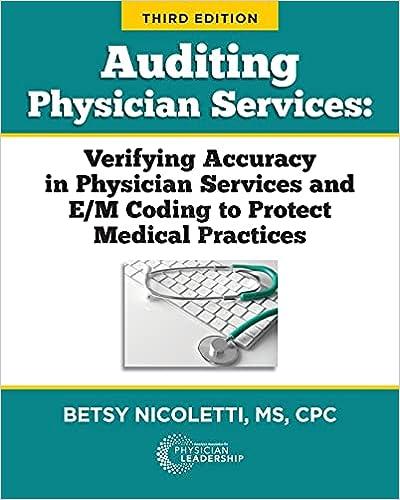Answered step by step
Verified Expert Solution
Question
1 Approved Answer
1. You place $40,000 in an investment account today that earns 5% compounded semiannually. How much will be in the account after (a) three years,
1. You place $40,000 in an investment account today that earns 5% compounded semiannually. How much will be in the account after (a) three years, (b) four years, or (c) five years? Formulas should include the =FV function and return a POSITIVE value. Initial investment Additional amount invested at the end of each semiannual period Interest rate Compounded semiannually Account balance at the end of: Year 3 Year 4 Year 5 a) b) c) 2. If, in addition to the $40,000 original investment, you invest an additional $1,000 at the end of each semiannual period, how much will be in the account after (a) three years, (b) four years, or (c) five years? Formulas should include the =FV function and return a POSITIVE value. Additional amount invested at the end of each semiannual period Account balance at the end of: Year 3 Year 4 Year 5 $40,000 $0 5% 2 Compounding periods per year a) b) c) $1,000 +

Step by Step Solution
There are 3 Steps involved in it
Step: 1

Get Instant Access to Expert-Tailored Solutions
See step-by-step solutions with expert insights and AI powered tools for academic success
Step: 2

Step: 3

Ace Your Homework with AI
Get the answers you need in no time with our AI-driven, step-by-step assistance
Get Started


